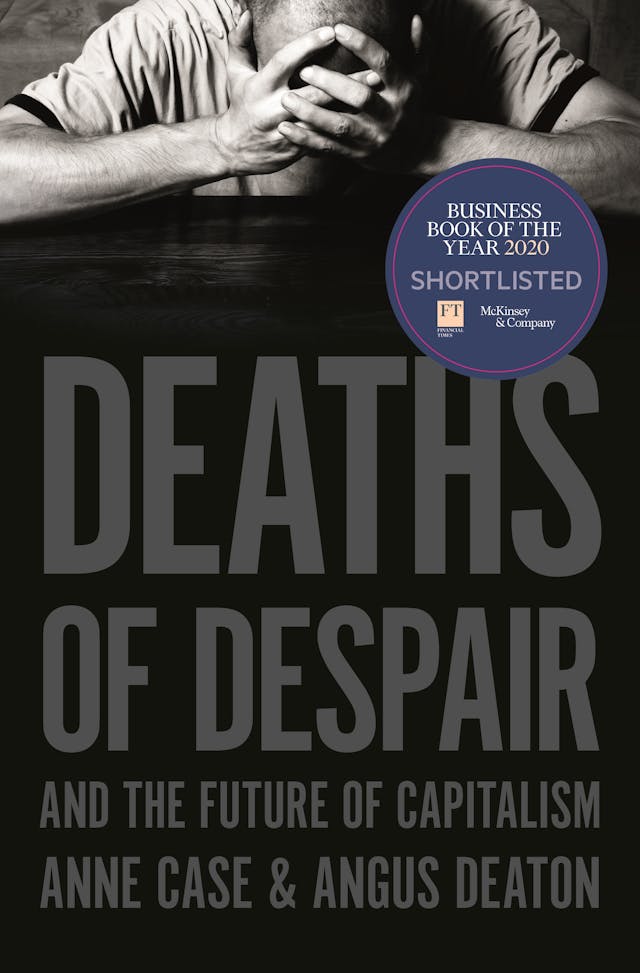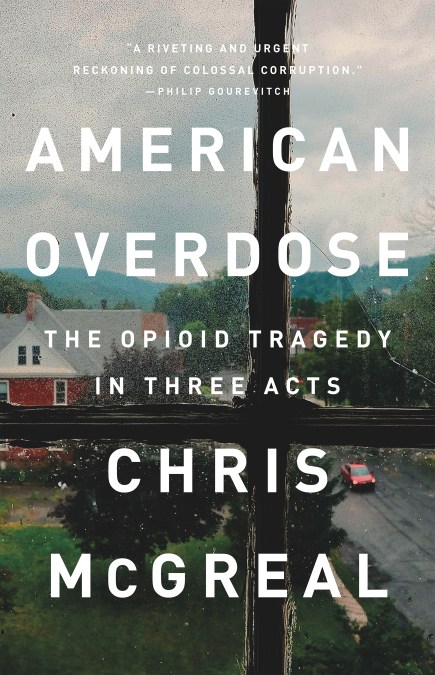Why America Is Struggling to Stop the Fentanyl Epidemic. The New Geopolitics of Synthetic Opioids
THE ECONOMIC TOLL OF THE OPIOID CRISIS REACHED NEARLY $1.5 TRILLION IN 2020
Hi ha dos tipus d'epidèmies les naturals i les artificials. Aquesta classificació no la trobareu als llibres d'epidemiologia. Les artificials són les que crea l'home amb l'objectiu de destruir la humanitat, i que generalment persegueixen poder i diners.
Hi ha una epidèmia artificial que ha agafat molta volada des de fa més de dues dècades als USA, es tracta de l'epidèmia dels opioides sintètics, del fentanil. Em refereixo a l'ús recreatiu del fentanil, és clar. L'ús mèdic està ben definit i l'efectivitat desmostrada. He escrit repetidament a aquest blog sobre aquesta qüestió.
Llegeixo els articles destacats de l'any a Foreign Affairs i en trobo un que m'interessa especialment i va sobre la geopolítica dels opioides sintètics. Als USA hi ha hagut 73.654 morts el 2022 fruit de sobredosi de fentanil. La suma va creixent any rera any.
L'article explica que tot el fentanil que circula als USA prové de la Xina i Mèxic i es pregunta del perquè del fracàs de la lluita contra la distribució d'aquesta droga i del que caldria fer. Tot el que s'ha fet fins ara no ha assolit el que pretenia i assenyala una estratègia geopolítica a endegar.
El cost que representa aquesta epidèmia als USA ha estat quantificat en 1.500.000.000.000$, és a dir un bilió i mig durant l'any 2020. Aquesta és una xifra descomunal, 6 vegades el PIB de Catalunya. Em fa dubtar del seu càlcul, però és una estimació oficial amb metodologia contrastada.
Aquesta setmana ja sabem que la droga ha arribat al mercat i·lícit a Mallorca. Fa uns mesos es va presentar el documental sobre la petjada del fentanil a Catalunya, on es diu que no s'ha decomissat encara però tot assenyalaria que ja circula. Motius més que suficients com per la preocupació i la necessitat de reacció immediata. El que cal fer segons l'OCDE és això.





